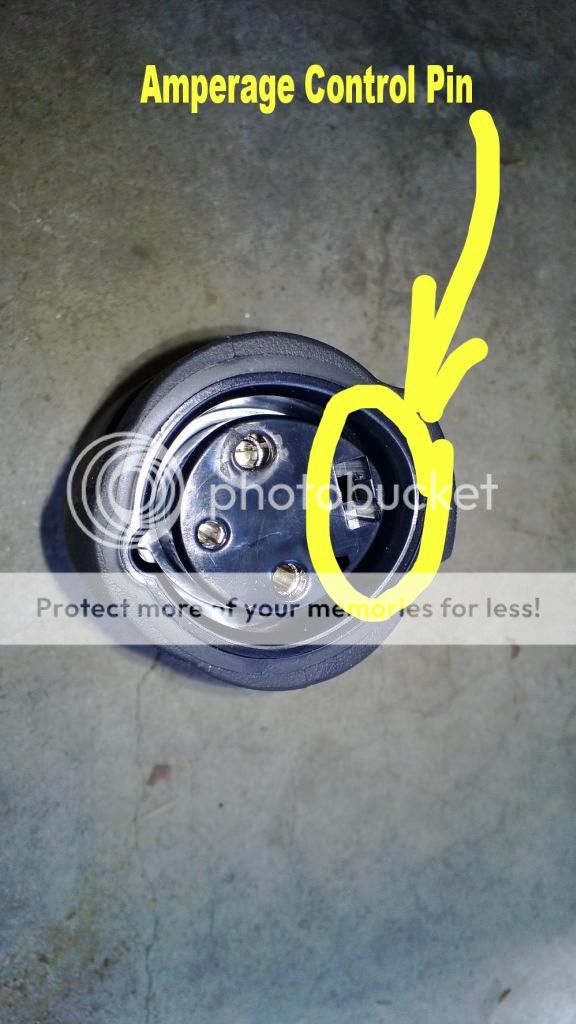GregH
Well-known member
Just a few notes and observations..
I don't think the trickle charge makes much difference..(?) Jason, perhaps getting down towards empty surprised the LBC and it readjusted your capacity down.. then brought it back after seeing the capacity from the charge? Dunno.
If the LBC has made a decision to discharge several cells then a subsequent trickle charge would give it time to do the balancing.. but so would driving or charging at L2. I don't know exactly when the balancing decisions are made but having observed dozens of "full" charges that brought on balancing and a few 80% charges that did not, my inclination would be that the decision is made at the end of a full charge.. can't say for sure about 80%. Also can't say for sure if it's looking at the cell voltages at low SOCs to determine balancing or just "top" balancing based on the voltages at the end of charge.
Based on what I've seen of the OBC on 2011/12s, the charger can be commanded a current level in steps of 1.0A. We can see this in the CAN data and are using it to help control the Brusa. I don't know if it's a command from the LBC to the OBC or feedback from the OBC to the LBC, but it is in 1.0A increments. The 2013 integrated charger can certainly go at much finer increments and as many have witnessed.. it can dwell at really low currents for a long time (20-40minutes).
I had forgotten about the "charger turns on again after 4 hours" thing.. two years ago I wrote code for the old EDriveDD to specifically look for events where the charger came on later (a sign of balancing).. but never saw it. Perhaps the balancing strategy has evolved over the years and could be different depending on which version of software you have?
Since the LBC runs on the 12V battery which is unaided by the DCDC while the car is off, I'm guessing they decided not to keep the LBC alive to perform and monitor balancing while the car is off. As I mentioned before, the prescribed mAhs to be discharged can be taken from the cells at any time, might as well do it when the LBC would normally be on (charging, driving). Perhaps on the original 2011 software they actually kept it on for 4 hours to balance, then turned charging back on? Like I said, I've never seen this in my 2011 or 2012.
I don't think the trickle charge makes much difference..(?) Jason, perhaps getting down towards empty surprised the LBC and it readjusted your capacity down.. then brought it back after seeing the capacity from the charge? Dunno.
If the LBC has made a decision to discharge several cells then a subsequent trickle charge would give it time to do the balancing.. but so would driving or charging at L2. I don't know exactly when the balancing decisions are made but having observed dozens of "full" charges that brought on balancing and a few 80% charges that did not, my inclination would be that the decision is made at the end of a full charge.. can't say for sure about 80%. Also can't say for sure if it's looking at the cell voltages at low SOCs to determine balancing or just "top" balancing based on the voltages at the end of charge.
Based on what I've seen of the OBC on 2011/12s, the charger can be commanded a current level in steps of 1.0A. We can see this in the CAN data and are using it to help control the Brusa. I don't know if it's a command from the LBC to the OBC or feedback from the OBC to the LBC, but it is in 1.0A increments. The 2013 integrated charger can certainly go at much finer increments and as many have witnessed.. it can dwell at really low currents for a long time (20-40minutes).
I had forgotten about the "charger turns on again after 4 hours" thing.. two years ago I wrote code for the old EDriveDD to specifically look for events where the charger came on later (a sign of balancing).. but never saw it. Perhaps the balancing strategy has evolved over the years and could be different depending on which version of software you have?
Since the LBC runs on the 12V battery which is unaided by the DCDC while the car is off, I'm guessing they decided not to keep the LBC alive to perform and monitor balancing while the car is off. As I mentioned before, the prescribed mAhs to be discharged can be taken from the cells at any time, might as well do it when the LBC would normally be on (charging, driving). Perhaps on the original 2011 software they actually kept it on for 4 hours to balance, then turned charging back on? Like I said, I've never seen this in my 2011 or 2012.






